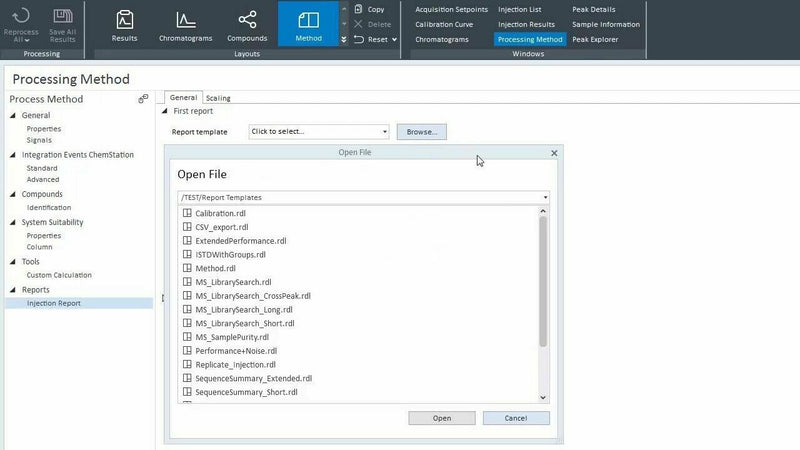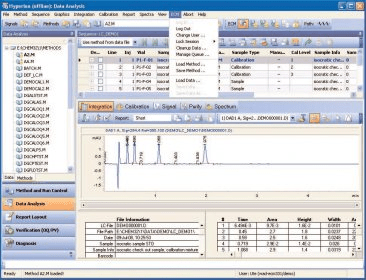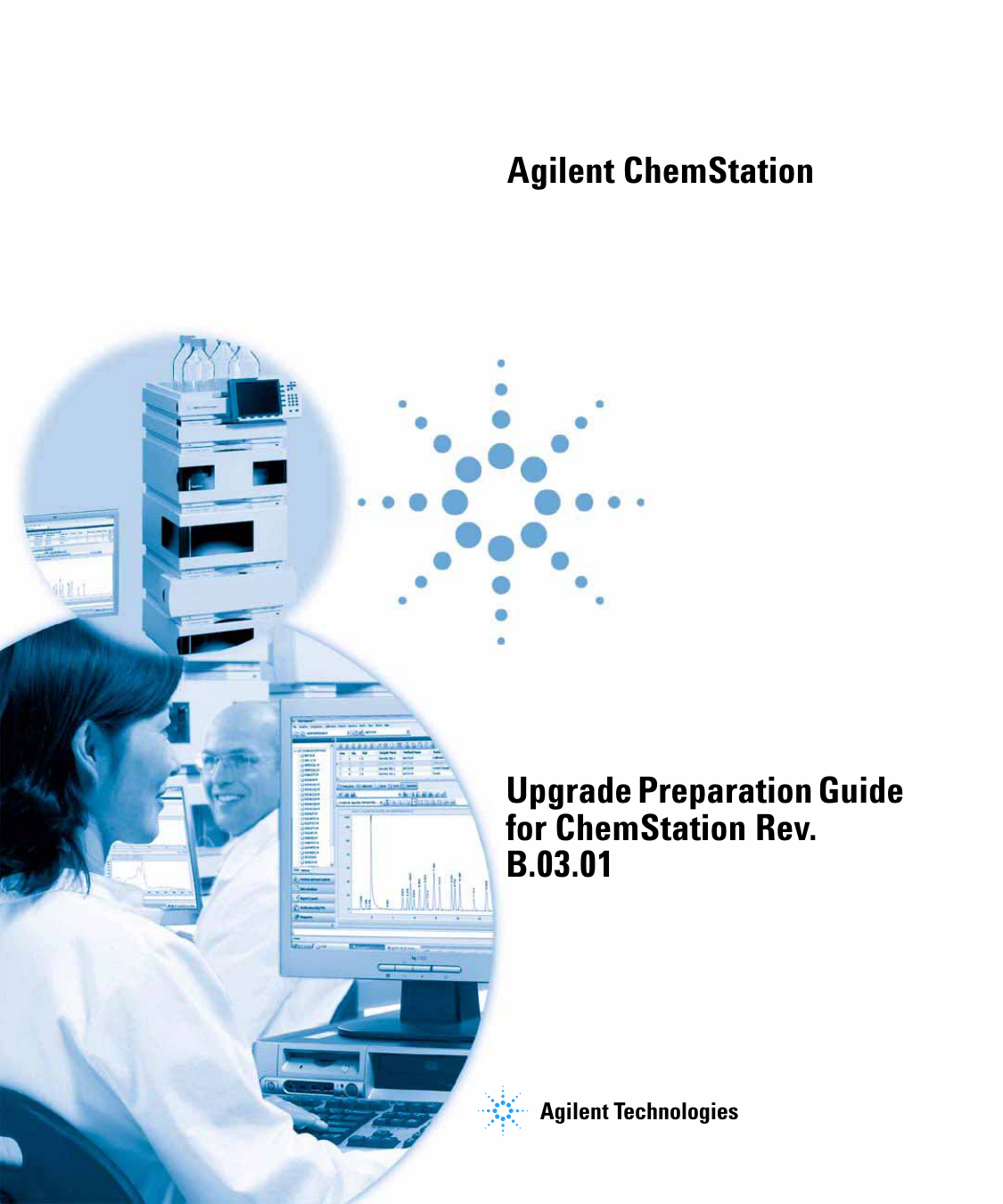
Have seen it installed but did not investigate.Īlso, Labtronics sells programs to capture data from reports. I would be interested in getting a copy of the macro from LCGCBrew.Īnd, I know of an add-on called/by chem2xl that may do something similar. It works in both run and reprocess modes.Īgilent has some other options involving macros, but I have found them to be less useful. You just need to have Excel running a particular spreadsheet. It allows you some ability to customize what is exported, and in what format. This technique should also correct the "cannot find constant peak widths" error Jason described in his blog.I have an Excel export macro that will do this process as well. If you like what you see, you can overwrite the file currently associated with the selected. This is where good record keeping helps.Īfter you select your tune, the software performs a profile scan. u file used to generate them, plus a date and time code for when they were generated.

Unlike the parameter files, these don't have a file extension their names include the. Selecting "Restore Previous Tune(s)." will bring up a file browser for selecting the tune to restore. The file used to control the MSD during data collection can be found via the File menu in Tune and Vacuum Control. Tune parameters are the collection of targets and other settings saved to a. Instead of collecting a new calibration (ICAL), you can restore the tune file you used to collect the original calibration data, and reacquire and evaluate a CCV.įirst, we should probably talk about the difference between tune parameters and tune files.

u file, changing the instrument's response enough that your continuing calibration verification standard (CCV) now fails to meet method criteria. But what if you need to go back to a specific tune file? The most likely situation I can think of (since it has happened to me) is if you share an instrument, and a coworker re-tunes the instrument using the same. Let's say I've been inspired by the data acquisition review.Ī few months back, Jason wrote about a way to reset his 5973 acquisition software after the tuning macro loses the ability to find the PFTBA mass peaks (69, 219, 502) in Cannot achieve constant peak widths. It's been a while since I've done one of these posts, and I'm in Alpharetta, Ga this week attending the Agilent MassHunter Data Analysis class. ASE Extraction System Parts Cross-Reference.



 0 kommentar(er)
0 kommentar(er)
